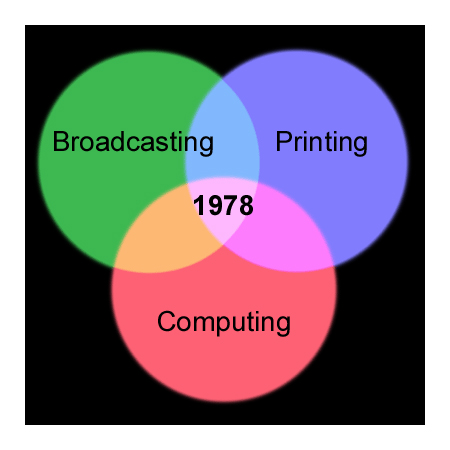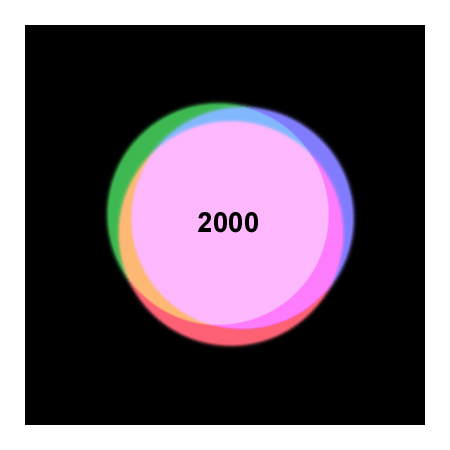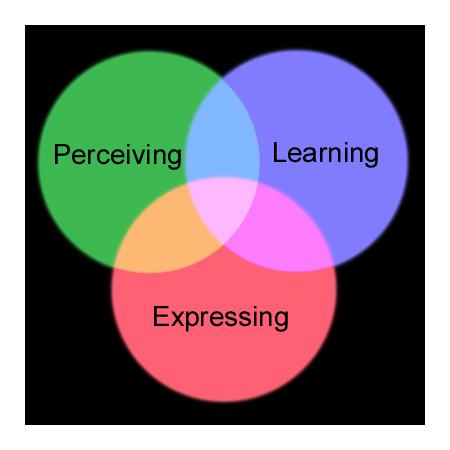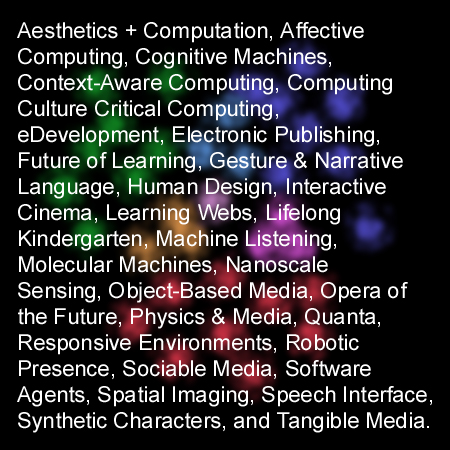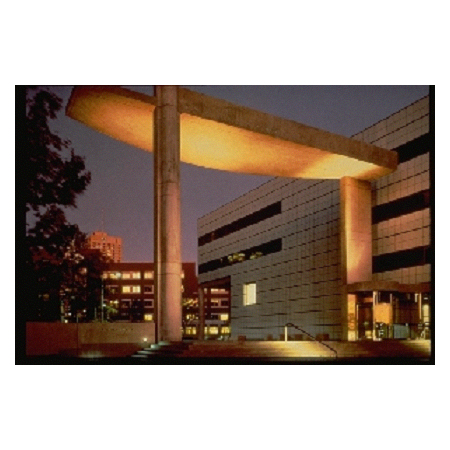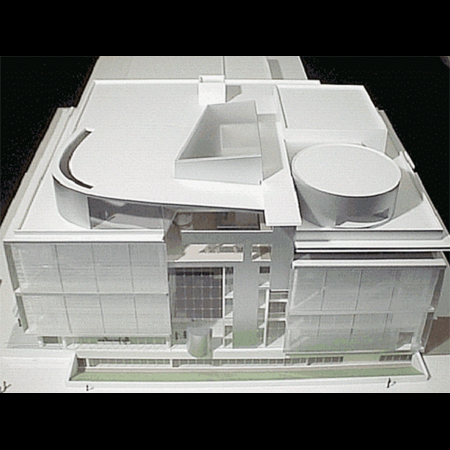
The Lab is a place for invention in service of the human endeavor. We study, invent, and create enabling technologies for learning, perceiving, and expressing by and between people and machines. We are a multi-diciplinary mix of communication, computer, natural, and human sciences, where the interchange of ideas is the norm.
MLEurope strives to enhance the quality of life through sustainable,
human-centred design and arts.
MLAsia bridges digital divide for health
and community development.
Media Lab expansion in 2004 (Fumihiko Maki)
Founded in 1983 by Nicholas Negroponte and Jerome Wiesner to be a unique blend of disciplines
and people in a non-hierarchical organizational structure, fostering a flexible approach to
research.
~30 principal investigators
~175 graduate students
~170 international partners
~$40 annual budget
Thought leadership: digital video, electronic publishing, media transcoding, software agents, multimodal interfaces, scalable and networked video, tangible media, constructionist learning, wearable computers, personalized media, "printed" circuitry, personal fabrication, affective computing, silicon biology, and structured video and audio
We imagine and realize by bringing the relevant engineeering, humanistic, and social science disciplines into close and long-term proximity, along with physical and intellectual resources that include intimate and continuous dialog with an international cadre of industrial, academic, artistic, and social instituations.
Maeda, Picard, Roy, Selker, Bender, Papert, Cavallo, Smith, Cassell, Pentland, Davenport, Resnick, Chuang, Vercoe, Jacobson, Manalis, Bove, Machover, Gershenfeld, Mikhak, Paradiso, Donath, Benton, Schmandt, Blumberg, Ishii, Lieberman, Breazeal, Minsky, Negroponte, Csikszentmihályi
1. To explore the interface between information content and its physical embodiment.
2. To develop grammars that provide experts, agents, and amateurs unconstrained expression.
3. To create foundation for commonsense computing in order to find the “meaning” in things.
4. To harness the predictive nature of human perception and behavior in order to
dramatically enhance interactivity and proactivity.
5. To create a theory for scaling resoruces to accommodate an increasingly cluttered and varied world.
6. To develop appropriate solutions to profound social problems.
1. Access to brainpower;
2. IP rights to all the work;
3. Potential labor pool;
4. Daily pointers;
5. Peer contacts;
6. Personnel visits to the Lab;
7. Symposia and meetings;
8. Dialog around your problems;
9. Window into investments;
10. Insight into what works, what doesn't, what's hot, what's not.
MIT Media Lab

